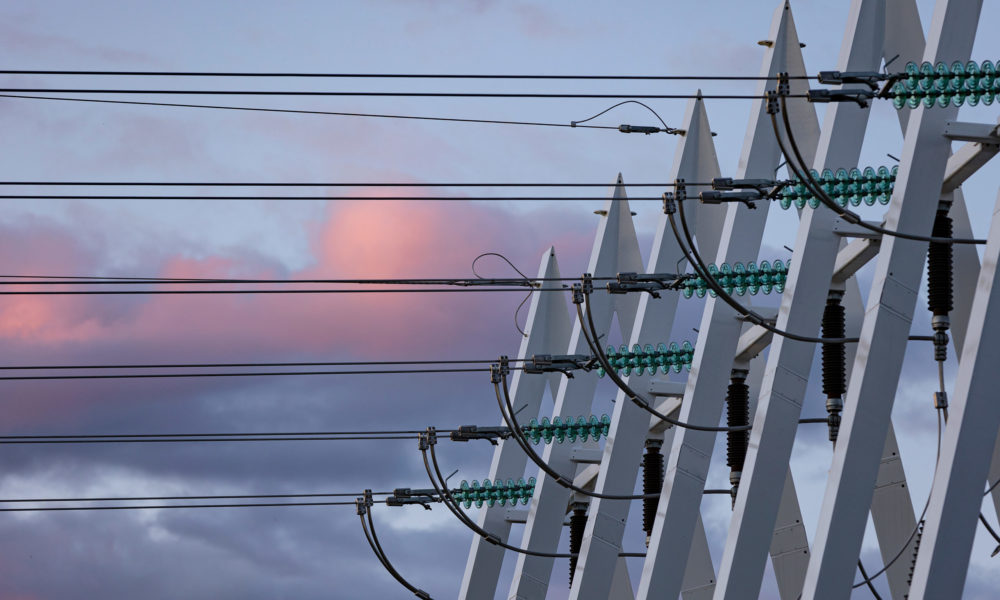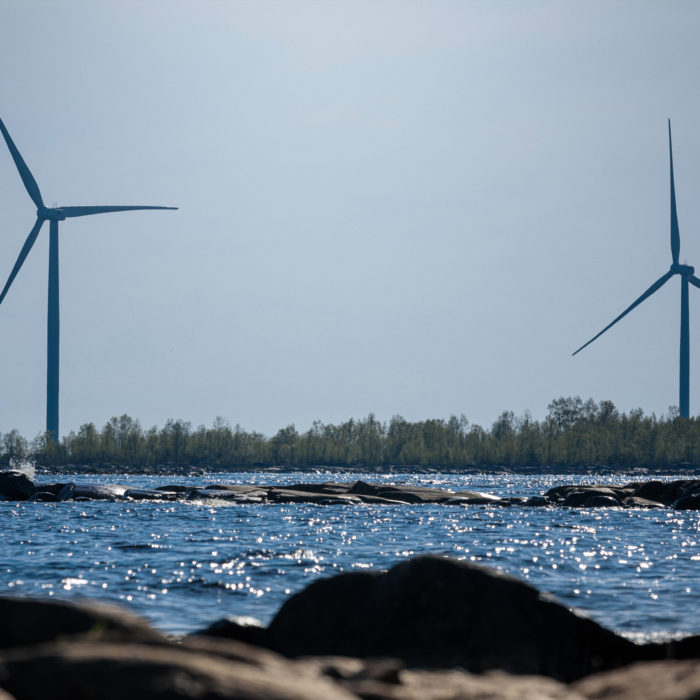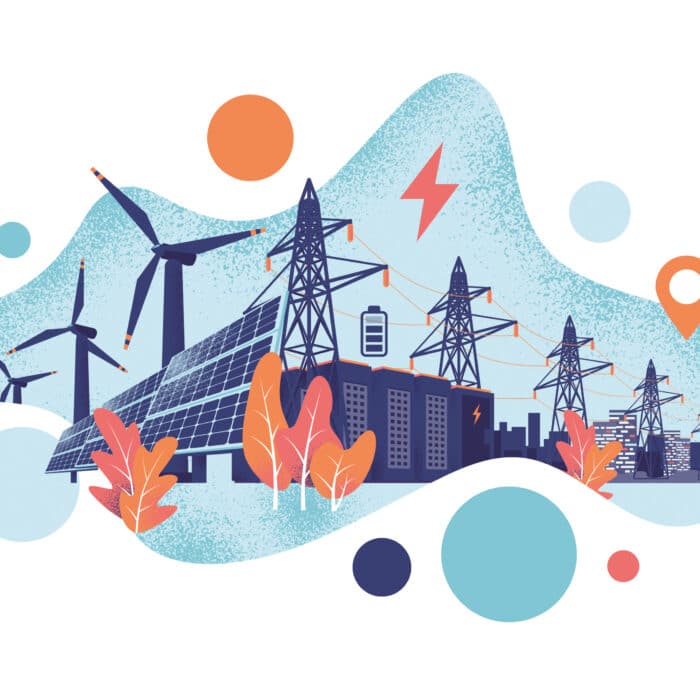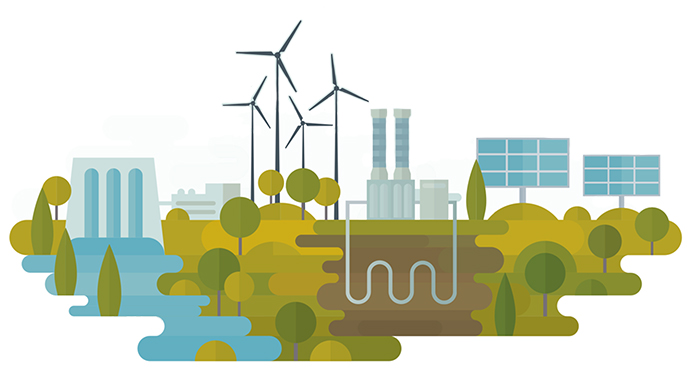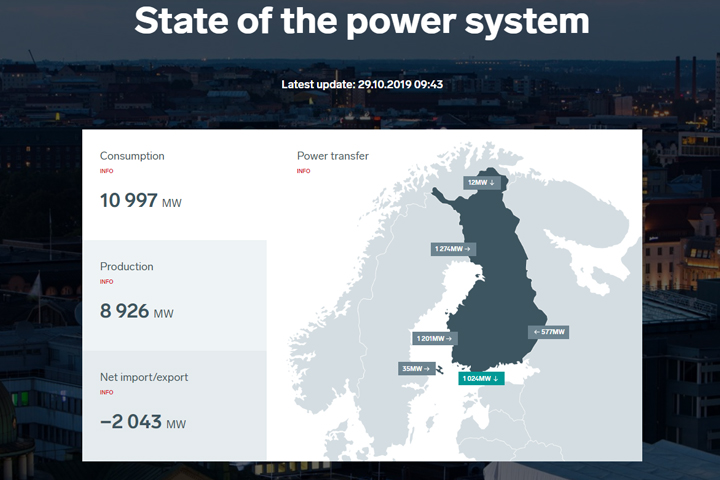
The most visited page on Fingrid’s website is the “State of the power system”. The page shows how much electricity is being generated in Finland and how much is being transferred via the cross-border connections between Finland and the neighbouring countries. In addition to total generation, the page shows a breakdown of the amount of electricity generated using different forms of production. The information is updated every three minutes.
The page will be revamped in autumn 2019, and the amount of carbon dioxide emitted by electricity generation will be displayed on the summary page as well as in a separate information box.
“Readers will be able to examine how different forms of production affect the carbon dioxide emissions and use this information to select the most suitable electricity contract for them, generate electricity themselves or influence the timing of consumption,” explains Hanni Sonkeri, an intern at Fingrid.

“In addition to emissions from Finnish electricity generation, the calculation also estimates the emissions associated with generating the electricity that is consumed in Finland. In this case, the calculation must also take into account the emissions associated with the electricity that is imported and exported,” says Sonkeri.
The emissions estimates are based on real-time data from Fingrid’s operation control system and the emission coefficients for specific forms of production. The coefficients were defined in cooperation with Statistics Finland and Finnish Energy. The emission coefficients for hydroelectric, nuclear, solar and wind power are zero.
The emissions estimates based on coefficients are not official values.
“The estimates provide additional information, but they do not replace the guarantees of origin system, which is a way of ensuring that the electricity consumed by a customer was generated with renewable energy. In addition, the emissions of electricity generation are accounted and reduced as part of the EU’s Emissions Trading System,” says Taneli Leiskamo, who is working on his Master’s thesis on flexibility markets at Fingrid.
Open communication is part of Fingrid’s corporate responsibility strategy. The primary purpose of the “State of the power system” page is to inform consumers and actors in the industry. When the page is revamped, usability will be improved, and the visual appearance of the site will be modernised so that the information is easier to read. For example, it will become easier to search for historical data.

